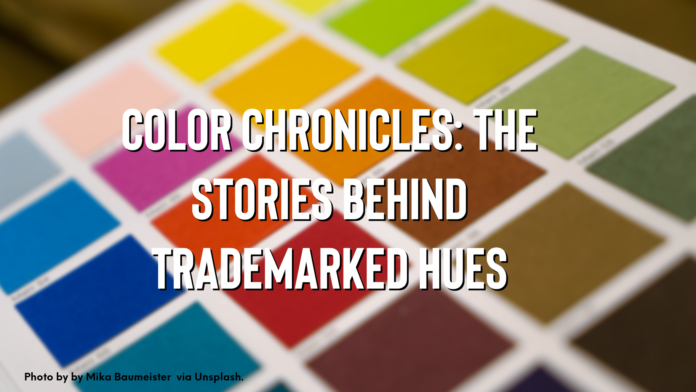Shades of Ownership
Color is a key aspect in branding. When it comes to brand identity, it’s important to have a consistent color foundation tied to the brand. This gives the brand personality but also ensures that the brand is recognizable. Color is so important to a brand that many companies have gone through the process of trademarking their signature color. Let’s take a look at seven colors that are trademarked by their respective brands.
Fiskars® Orange
Fiskars® is a well-known brand for sewing supplies, tools, and craft supplies. You can easily spot these products by their vibrant orange packaging. Founded in 1649, this iconic brand is available in more than 60 countries and is recognized by its signature orange color that is trademarked specifically for Fiskars®. Photo by Sven Brandsma via Unsplash.
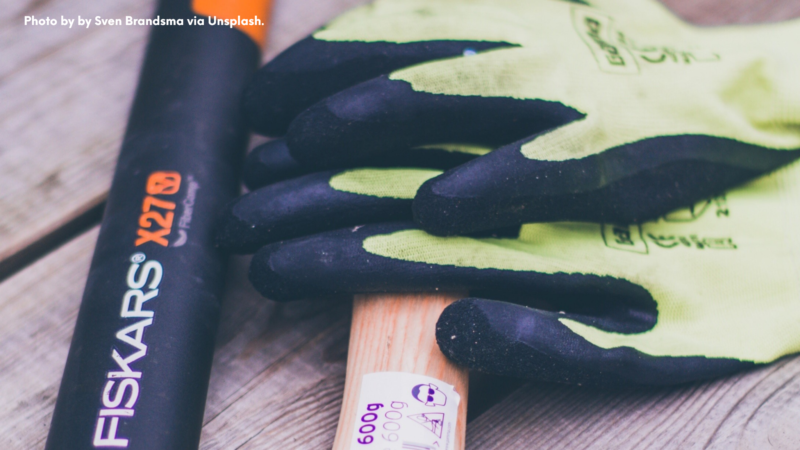
Post-it® Notes Yellow
An essential in every office and classroom, these adhesive paper notepads have a specific yellow color. Post-it® Notes have been the classic yellow reminder for more than 40 years. The special adhesive strip on the back is what makes these small yellow squares different from other paper notepads and this useful detail positioned Post-it® Notes to dominate the market. Originating from scrap lab paper, the well-known light-yellow color is now trademarked to Post-it® Notes and its parent company, 3M. Photo by Kelly Sikkema via Unsplash.

John Deere Green
This famous machinery company has distinct green and yellow branding. Starting in 1897 with a steel plow, John Deere is a worldwide leader in agricultural machinery and heavy equipment as well as construction materials and tools. Aside from farms, you can see John Deere green tractors in many movies and TV shows. To ensure other machinery companies couldn’t use the same green color, John Deere green and yellow are trademarked to the brand. Photo by Zachary Musser via Unsplash.

Tiffany & Co. Blue
As one of the most famous jewelry houses in the world, it is no surprise Tiffany & Co. blue is trademarked. Tiffany & Co. was founded in 1837 in New York City and is world-renowned for amazing jewels and precious metals. It’s only fitting that such a brand have iconic packaging. Since the mid-1800s, the Tiffany Blue Box® has been a symbol of luxury. The blue box with white satin ribbon is some of the most recognizable branding in the world. Read more about their packaging here. Photo by Serena T via Unsplash.
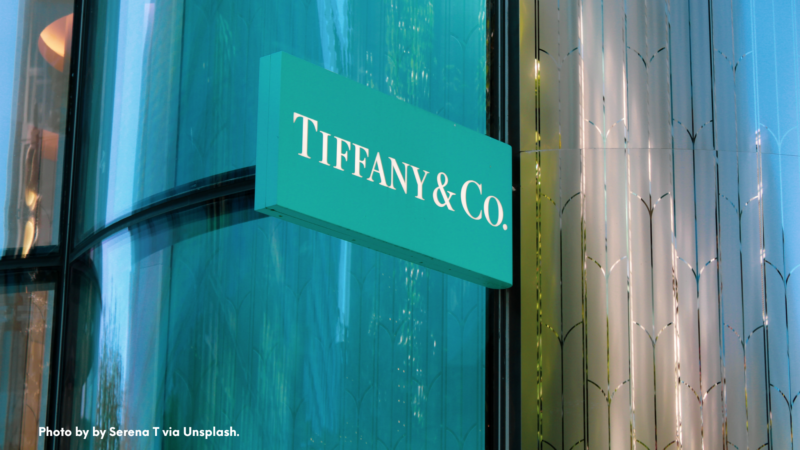
Cadbury Purple
The second largest confectionary brand in the world, behind Mars, Cadbury is known for chocolate crème eggs and milk chocolate roses. Since 1914, the brand has used a signature purple as its main color. Headquartered in London, England, Cadbury purple was chosen as a tribute to Queen Victoria. Photo by Annie Spratt via Unsplash.
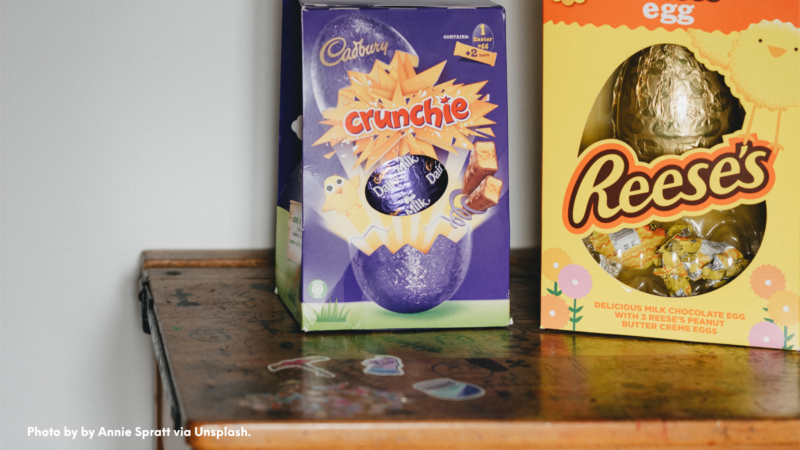
T-Mobile Magenta
It seems like every mobile phone retailer has a color that’s individual to their brand. T-Mobile is known for its iconic magenta. This bright shade is unique to the company and helps T-Mobile stand out among competitors across the world. The color is trademarked by T-Mobile and is even featured as a cellular plan name within their offerings. Photo by Mika Baumeister via Unsplash.
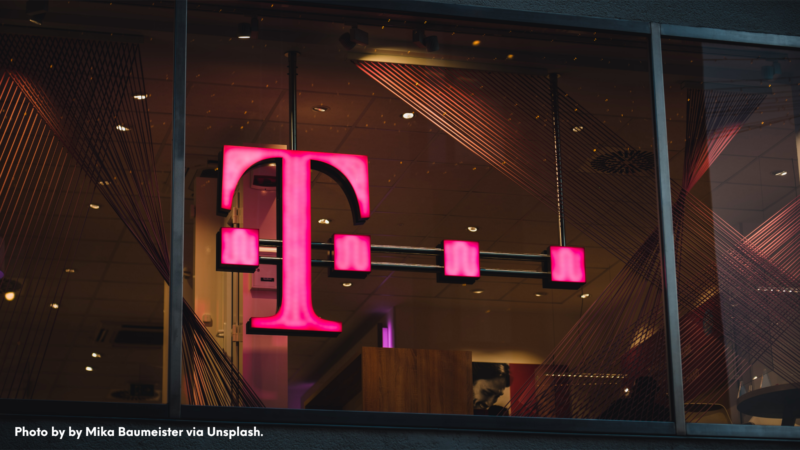
UPS Brown
Although not a vibrant shade, the UPS signature color is noticeable anywhere. This rich tone of brown has been a symbol of the brand since 1916, a few years after the company was founded, and was specifically chosen to hide dirt on the company vehicles and clothing. UPS brown is trademarked by the company to prevent competition from copying the iconic color. Photo by Tai L via Unsplash.
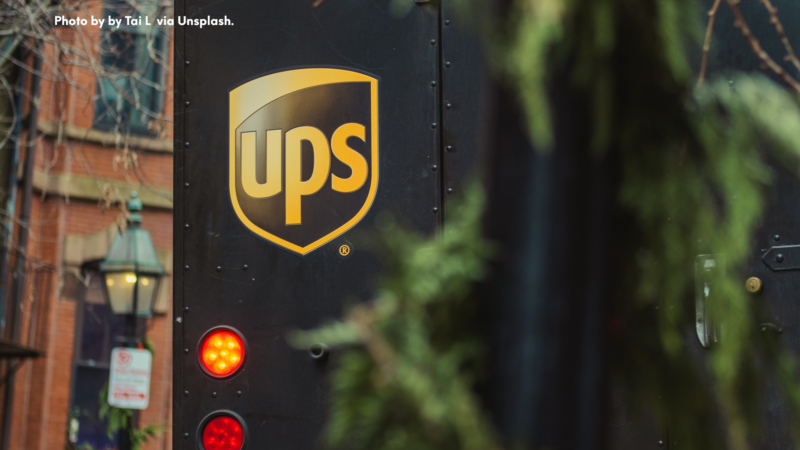
These companies found importance in protecting their signature colors, but it’s not always easy to trademark a color for the sake of a brand. Color is not typically considered a distinctive sign capable of distinguishing goods or services. Trademarking a color also varies from country to country so just because a color is trademarked in the United States does not mean it translates to other jurisdictions outside the United States. Another thing to consider about color trademarks is that they usually align with a product offering or market so if a color is trademarked within one industry it does not necessarily mean a brand within another industry is prevented from using a similar color.

